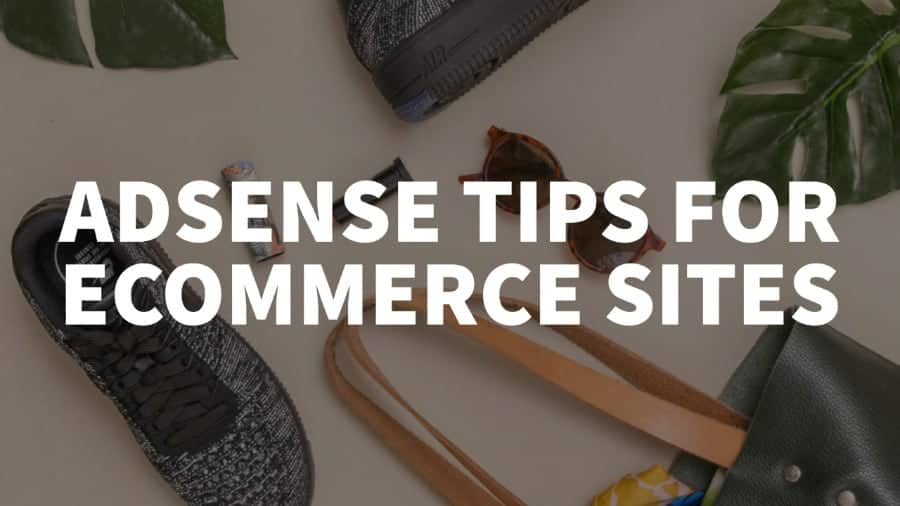
This post was most recently updated on January 18th, 2023
The revenue model for an eCommerce site is typically based on direct or affiliate sales revenues for the products they promote. However, eCommerce sites often fail to monetize valuable ad space and in the process forego additional revenue potential.
A simple way to start earning ad revenues is to incorporate Google Adsense into your site content. Below we’ve listed some basic tips on how to help maximize Adsense revenues on eCommerce sites.
Be straightforward with your users and bring them to the appropriate page with the product information they need.
Finally, be aware that users hate latency when purchasing online. Studies show that one out of four users will leave a site if the page loads in 4 seconds. Know your page speed and how to improve it by using the Page speed tool: http://developers.google.com/speed/pagespeed/insights/. Not convinced? Ask Amazon. According to their research, a second of latency could cost them $1.6 billion of sales per year.
Adsense Tip: Having a user-friendly website also ensures not having cluttered ads all over your e-commerce site. Well-designed sites are a thriving ground for Adsense monetization because ad placement is usually right where the user’s eye is led to. Also, a faster page load time gives a higher chance for your ads to be viewed/clicked because the customer did not exit the page.
The web is moving heavily toward mobile. Millennials check their phone before sleeping and it’s the first thing they grab when they wake up. Site owners now need mobile-ready site designs. Below we’ve listed a few more tips to make your eCommerce site both user-friendly and attractive on small screens.
Adsense Tip: Try mobile anchor or interstitial ads. They’re not as obtrusive, thus giving your product line more prominence in the eyes of a user. Google has recently rolled out Google anchor ads to some AdSense publishers. Contact your Google rep should you wish to have this enabled.
Related Read: How to Maximize Revenue from Mobile Ads
For some newbies to eCommerce, you may think that the only way to get a sale is by selling your main product. That is only one aspect of the 3 tier-business model with eCommerce.
Adsense Tip: According to research 1-5% of e-commerce traffic will convert into a sale. So take into consideration the tips above to improve your site on desktop and mobile. Don’t forget to make use of advertising to enhance revenues. The best way to manage ad inventory for an eCommerce site is via DoubleClick Small Bussiness.
Learn how to optimize your e-commerce site and convert more traffic with the right Google Ad Manager setup! Sign up for a Starter account at MonetizeMore today!
Related Reads:
10X your ad revenue with our award-winning solutions.